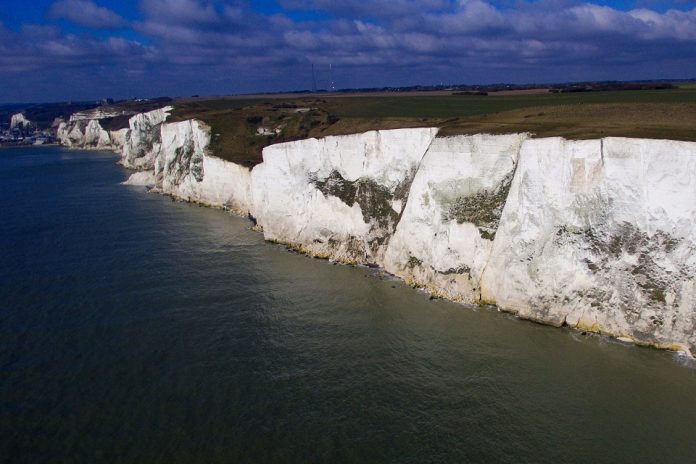A lot has happened and much has changed since I sent my completed report on clandestine arrivals to the Home Secretary in March. However, I believe that the key findings and recommendations from the report remain valid.
In 2016, when I looked at the Home Office’s response to the sharp increase in encounters with migrants who had entered the UK concealed in lorries, I found that while front-line staff had coped well with the extra demands it had been at the expense of other enforcement priorities, to the extent that in some areas little other operational activity had been conducted. In approaching this inspection, a key question was whether the response to the surge in ‘small boats’ was having a similar impact on other parts of the Home Office’s Borders, Immigration and Citizenship System.
In short, inspectors found that it was. Border Force’s Maritime Command, the General Aviation/General Maritime Team based in Folkestone, Immigration Enforcement’s Criminal and Financial Investigation directorate, and the Joint (BICS and police) Debriefing Team, were all heavily occupied with ‘small boats’, as was UK Visas and Immigration (UKVI) Kent (Asylum) Intake Unit. Some staff in these teams, as well as other agencies, expressed concerns about what was being missed as a result.
The Home Office has contended that the emergence in late-2018 of ‘small boats’ as a favoured means of illegal entry was a consequence of the extensive investment over recent years, in collaboration with the French authorities, in strengthening security at and around the ports in northern France. But, while this may have made unaided clandestine entry harder, it is the case that the number of ‘lorry drop’ migrants encountered in the UK increased in 2019 by a third over the previous year, and organised smuggling of large groups concealed in road transport continues, often with casual disregard for the risks to the migrants’ health and welfare, as evidenced by the discovery of the bodies of 39 Vietnamese migrants in a refrigerated trailer at Purfleet, Essex, in October 2019.
Overall, up until March 2020, there were no signs of the threat of clandestine entry reducing and recent evidence pointed in the other direction. While the Home Office had shown some agility in marshalling and reprioritising resources in response, it is hard to avoid the conclusion that it has neither the capacity nor the capabilities, in particular in respect of criminal investigation and prosecution, required to manage this threat more effectively.
I have made five recommendations. These touch on skills, organisation and processes, partnership-working, data and analysis, and staff management. None offers a “quick fix”, nor do they seek to address wider questions of “pull factors” and calls for more legal and safe routes, which were not the focus of this inspection.
While it has taken eight months to publish my report, I take some encouragement from the Home Office’s response. This refers to the actions it has already taken, including the appointment of a Clandestine Channel Threat Commander to lead on clandestine entry. It also identifies an extensive body of work that is in hand in the department and with partner agencies. The latter will require significant ongoing commitment and effort, but the present situation is unsustainable so there is no real choice if the improvements in operational capacity and capabilities needed to reduce organised immigration crime are going to be achieved.







